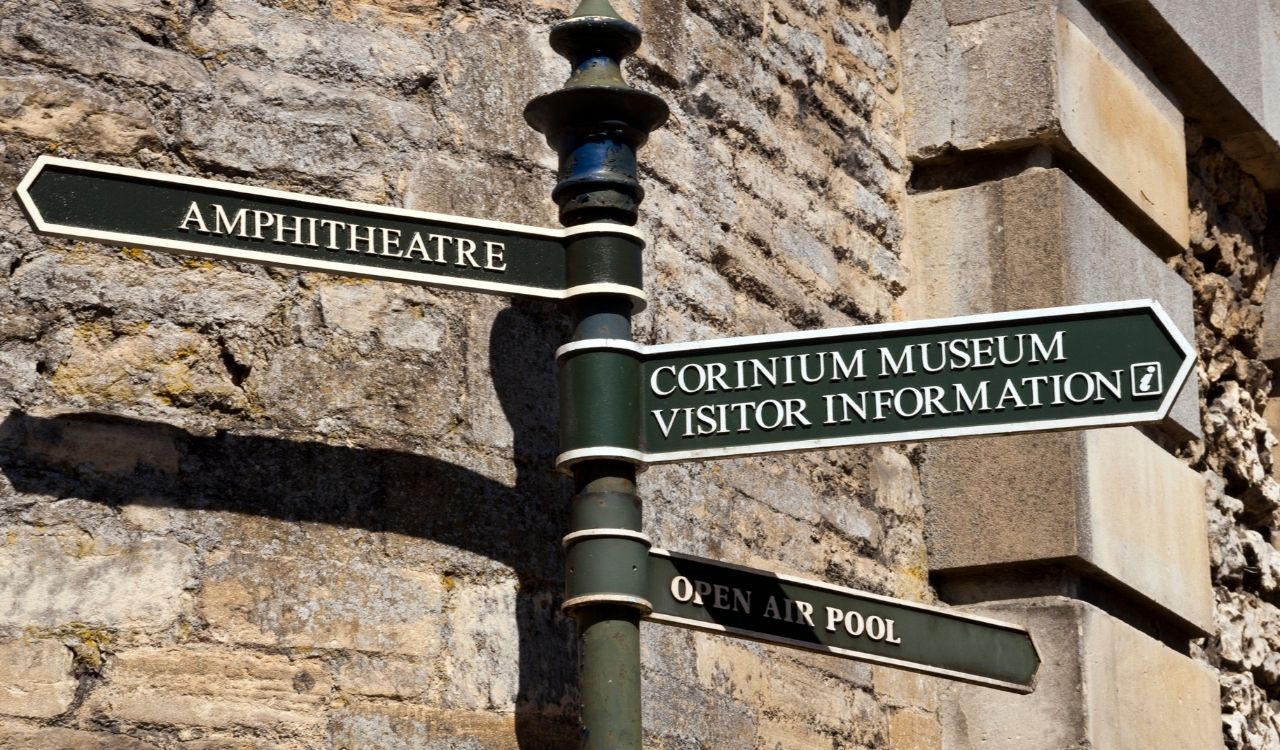Great British Snakes

We take a look at the fascinating snake species native to the Great Britain.
During the recent hot weather, this beautiful adult grass snake found its way into a cotswold garden and became a little trapped under patio seating, and struggled to find its way out. The owners carefully caught it and set it free into the grass and trees near to their garden.
Do grass snakes in the UK bite?
They do catch mice and voles, but only on rare occasions. Although the Grass Snake rarely bites, it can put on a seemingly aggressive defence if cornered, inflating the body, hissing loudly and striking with the mouth closed.
There are only three native snake species in the UK and you’re most likely to see them out in the countryside, or sometimes in your garden seeking water during the warm summer weather.
The three native snake species in the UK are:
Adder (Vipera berus) - widespread but declining across the UK and the only venomous species.
Grass snake (Natrix helvetica) - widespread in England and Wales, including gardens.
Smooth snake (Coronella austriaca) - localised mainly to the south of England heaths and countryside.

THE ADDER
The adder has a distinctive zig-zag pattern down their back, with red eyes and a vertical pupil, and can grow to around 70cm. They’re the only venomous species of snake in the UK.

THE GRASS SNAKE
Grass snakes are usually an olive green colour, with large eyes and round pupils and can be over a meter long. They have a distinct collar behind their heads and are also the only native snake species to lay eggs. Grass snakes are the snakes you’ll see in your garden, as they sometimes like to use compost heaps to lay their eggs. A grass snake will have soft leathery eggs.

THE SMOOTHE SNAKE
The smooth snake is the least widespread, localised to the south of England and found in heath habitats.
They’re the smallest species, growing to only around 55cm in length. They’re typically a greyish brown in colour, have a dark stripe down the side of their face, a heart-shaped pattern on their head and a pattern of spots and bars along their back.
See Related Articles & Features
issue 26
See Our Latest Issue of the Magazine.
See great content for this months digital magazine.
read now



